Ever felt that nagging tightness in your ankles, but with no noticeable puffiness? While swelling often comes to mind with ankle issues, its absence can leave you wondering what’s causing the discomfort and how to find relief. This article dives into the potential reasons behind tight, non-swollen ankles and offers practical strategies to get your ankles feeling their best again.
If your ankle swells after an injury, check out our guide “Do sprained ankles stay swollen?” to understand the timeline for swelling post-injury.
According to a scientific review, when people come in with foot and ankle issues, such as tightness in the ankle, they might have one problem or a mix of them. The key to addressing this issue lies in understanding the various factors that can contribute to ankle tightness. This article explores these possibilities, helping you identify the potential culprit and discover effective solutions for lasting relief.
How To Determine The Severity Of Ankle Injury?
Ankle injuries are a common occurrence. Injured and swollen ankles in elderly women are specifically common due to factors like decreased bone density and balance issues, but younger male athletes are also at a very high risk of getting their ankles twisted.
While ankle pain is often the first sign, it’s not always a reliable indicator of severity. To accurately assess an ankle injury, consider these key factors:
- Pain Intensity: A sharp, throbbing pain might accompany a minor sprain, while a complete ligament tear could present with duller discomfort.
- Swelling and Bruising: Noticeable swelling and bruising around the ankle joint often indicate inflammation and potential tissue damage. However, their absence doesn’t necessarily rule out a serious injury.
- Range of Motion: Gently attempt to move your ankle through its full range of motion. Significant pain or limitation in movement could suggest ligament damage or a fracture.
- Weight-Bearing Ability: Try putting weight on the injured ankle. If you experience intense pain, instability, or an inability to bear weight, it’s crucial to seek medical attention promptly.
What Causes of Tight Ankles?
Tight, achy ankles can disrupt your daily routine. While swelling often raises red flags, its absence doesn’t guarantee a harmless issue. Let’s explore the various culprits behind this discomfort, helping you identify the cause and find effective solutions.
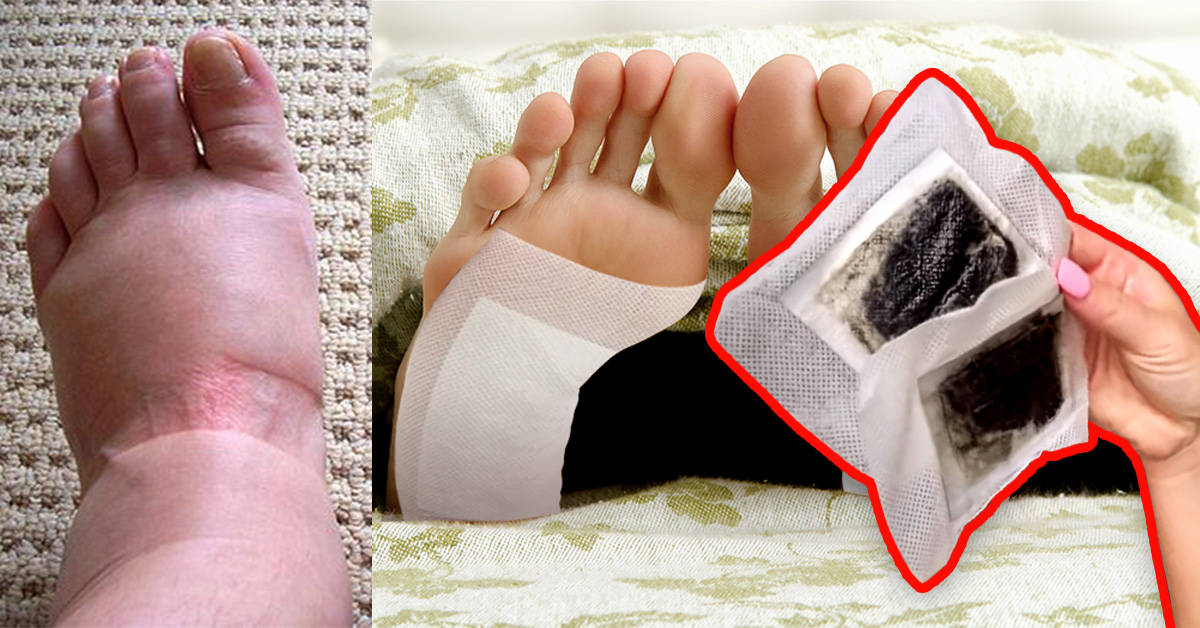
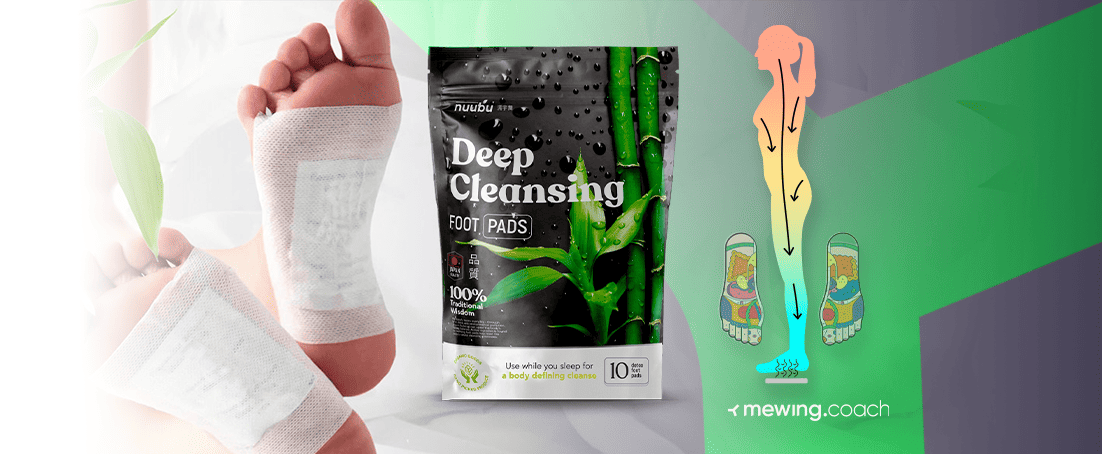
Lack of Movement
Staying still for too long can make your ankles feel tight. When you’re immobile for an extended time, the muscles around your ankles get stiff and less flexible. This lack of movement reduces blood flow and can cause discomfort, limiting your ankle’s range of motion.
To avoid this, make sure to move around regularly and do some stretching exercises to keep your ankles flexible and comfortable.
Muscle Fatigue
Muscle fatigue can play a role in the sensation of tightness in the ankles. When muscles are tired or overworked, they can become tense and less responsive, leading to feelings of stiffness and discomfort in the ankles. Taking breaks, stretching, and practicing proper ergonomics can help alleviate muscle fatigue and reduce the tightness in your ankles.
Footwear Issues
Wearing improper or restrictive footwear contribute to ankle tightness. Their is a high risk of foot pain from high heels or any type of shoes that don’t provide adequate support or force your feet into unnatural positions. They strain the muscles and ligaments around the ankles, causing that tight, uncomfortable feeling.
Opting for comfortable, supportive footwear can help alleviate these issues and reduce the likelihood of experiencing ankle tightness.
Dehydration
Dehydration can trigger feelings of tightness in the ankles. When the body lacks sufficient water, it can lead to decreased blood flow and muscle cramping, contributing to sensations of stiffness and discomfort.
Additionally, dehydration and swollen ankles are linked, as discussed in more detail in our blog post. Staying hydrated is essential for maintaining optimal muscle function and reducing ankle tightness.
Underlying Conditions
Certain medical conditions, such as arthritis or tendonitis, can cause tightness in the ankles without swelling. Arthritis leads to inflammation and stiffness in the joints, while tendonitis involves inflammation of the tendons, both of which can result in ankle tightness.
Seeking medical advice is crucial for diagnosing and managing these underlying conditions to alleviate discomfort and improve ankle flexibility.
What Should I Do If I Have A Hurt Ankle Without Swelling?
Home Care With Foot Detox Pads
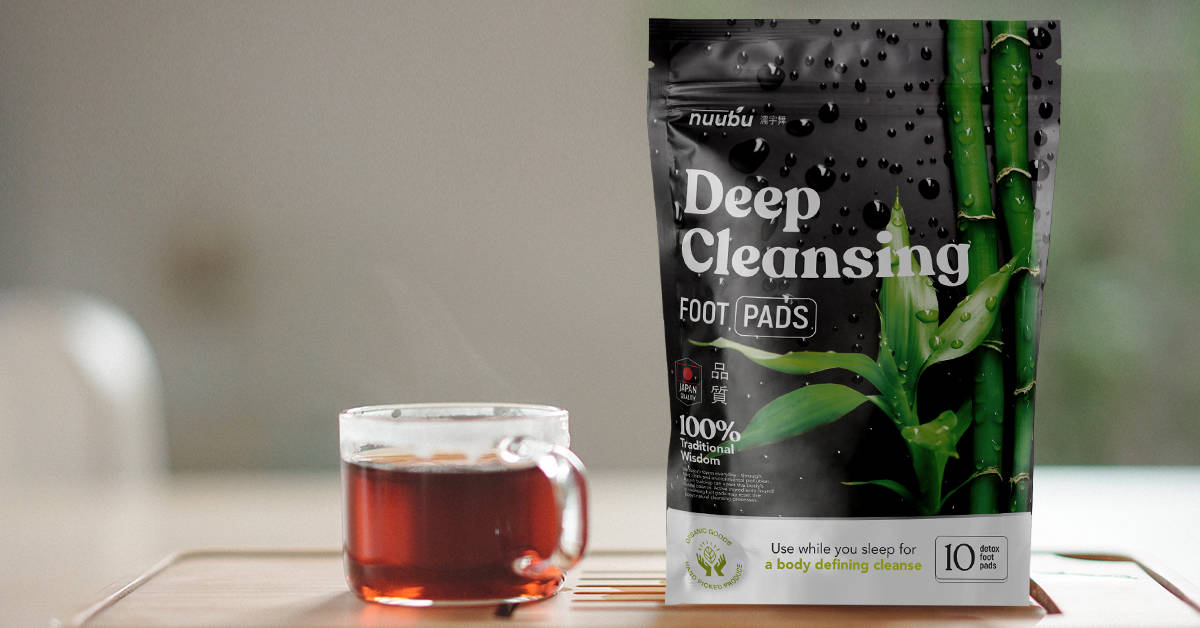
Foot detox pads offer a complementary approach to holistic healing by providing a natural way to cleanse and rejuvenate the body. Each detox patch is designed to draw out toxins and impurities through the soles of the feet. By incorporating foot detox pads into your routine, you can support your body’s natural detoxification process and enhance overall health.
Detox pads can be particularly beneficial for reducing inflammation and promoting foot health. The ingredients in these pads, such as ginger and loquat leaves, soothe soreness, reduce swelling, and improve circulation. Additionally, detox pads may help alleviate discomfort associated with conditions like arthritis or plantar fasciitis, allowing for greater mobility and comfort.
When it comes to foot detox pads, Nuubu patches are highly recommended for their potent blend of natural ingredients. Nuubu foot patches are packed with ginger, tourmaline, bamboo vinegar, lavender, and loquat leaves, making them a powerful option for promoting overall foot health and well-being. If you use Nuubu foot patches regularly, you can experience the benefits of these natural ingredients and support your body’s healing process effectively.
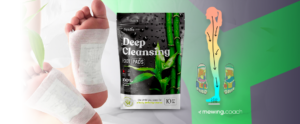
Rest and Elevation
Rest is crucial for healing tightness in ankles as it allows muscles and ligaments to recover. When elevating the ankle, ensure it is positioned above heart level to reduce strain, promote circulation, and alleviate swelling if it occurs.
Use pillows or cushions to support the ankle comfortably while lying down, and avoid putting weight on the affected foot during rest periods to aid in recovery.
Ice Application
Ice application is effective in managing pain by numbing the area and reducing inflammation. To apply ice safely and effectively, wrap the ice pack in a thin cloth to prevent direct contact with the skin and apply it to the affected area for no more than 15-20 minutes at a time.
Allow the skin to return to its normal temperature before reapplying ice to avoid potential damage.
Compression Techniques
Compression is great for easing discomfort by improving circulation and reducing swelling. To apply it properly, use a compression bandage or sleeve that fits snugly but comfortably. Start from the bottom of the foot and wrap upwards, making sure to overlap each layer slightly. Don’t wrap too tightly, as it could cut off circulation.
Gentle Exercises
Gentle exercises are essential for maintaining flexibility and promoting healing in the ankle. These exercises focus on improving range of motion without putting strain on the injured area. Examples include ankle circles, toe curls, and gentle calf stretches.
By incorporating these low-impact exercises into your routine, you can gradually increase flexibility and strength in the ankle while minimizing the risk of further injury.
Avoidance of Certain Activities
It’s important to avoid activities that can intensify ankle issues, especially after experiencing swollen ankles after a long trip. High-impact activities like running or jumping should be avoided, as well as activities that involve twisting or pivoting motions, such as basketball or tennis. Instead, opt for low-impact exercises like swimming or cycling to minimize strain on the ankles and promote healing.
Over-the-Counter Pain Relief
Over-the-counter pain relief options include nonsteroidal anti-inflammatory drugs (NSAIDs) like ibuprofen and acetaminophen. Follow the recommended dosage instructions on the packaging and avoid exceeding the daily limit. NSAIDs can help reduce pain and inflammation, while acetaminophen provides pain relief without anti-inflammatory effects.
Always consult with a healthcare professional before starting any new medication regimen, especially if you have underlying health conditions.
Treatment Approach for High Ankle Sprain
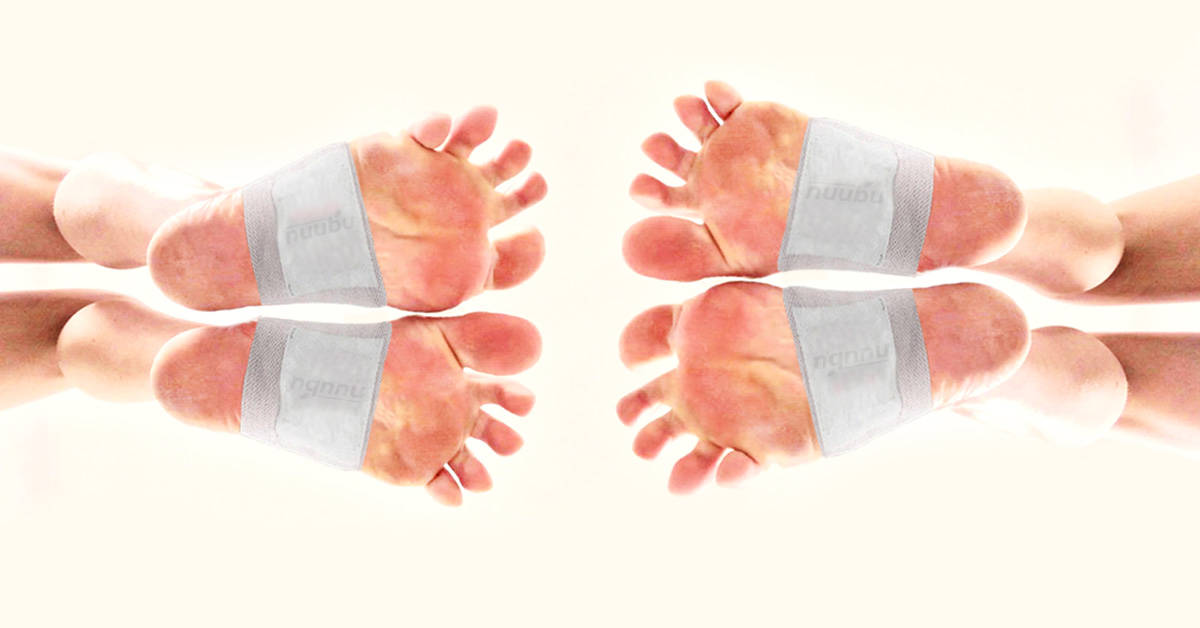
Professional Evaluation
For a severe ankle sprain, seeking professional evaluation is crucial for a comprehensive diagnosis. Medical attention allows for imaging tests such as X-rays or MRI scans to assess the severity of the sprain accurately. Also, if the injury is accompanied by a swollen ankle and the puffiness does’nt subside after several days, professional evaluation helps determine the underlying cause.
These examinations help determine the appropriate treatment plan, which may include immobilization, physical therapy, or, in severe cases, surgical intervention, ensuring optimal recovery and preventing long-term complications.
Medical Interventions
Medical interventions for ankle injuries may include medications to manage pain and inflammation, such as nonsteroidal anti-inflammatory drugs (NSAIDs) or corticosteroid injections.
Physical therapy is often recommended to improve strength, flexibility, and range of motion in the affected ankle. In some cases, a brace or cast may be prescribed to provide support and stability while the ankle heals.
Home Care
When caring for your ankle at home to support professional treatment, remember the basics: rest, ice, compression, and elevation (RICE). These steps help reduce swelling and ease pain. Include gentle ankle exercises and stretches recommended by your healthcare professional to aid in recovery and prevent stiffness.
Steer clear of activities that might worsen the injury, and always follow any specific advice given by your healthcare provider for the best results.
Remember to listen to your body and adjust your activities accordingly to avoid exacerbating the discomfort. If ankle tightness persists or worsens despite home care measures, it’s advisable to seek further evaluation from a healthcare professional to address any underlying issues and ensure proper treatment.



